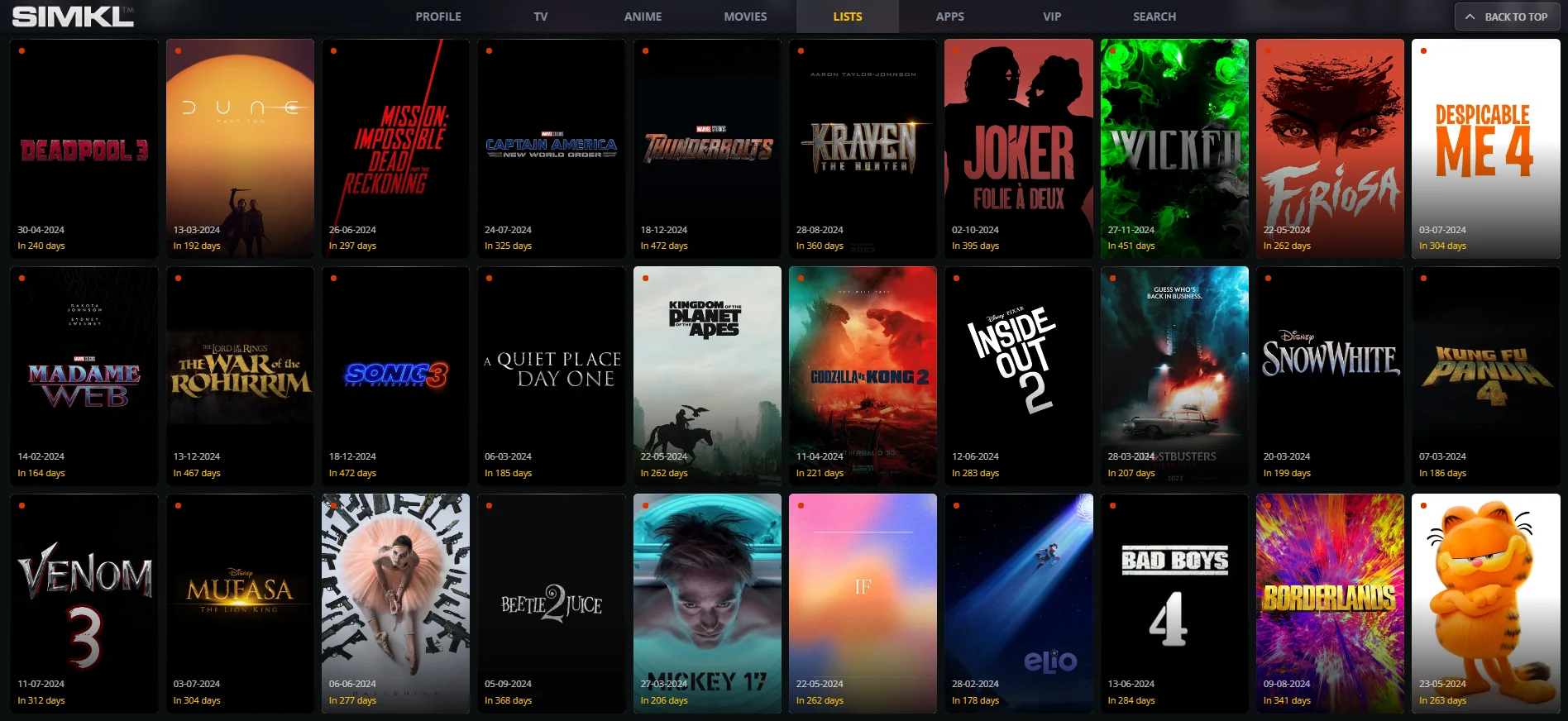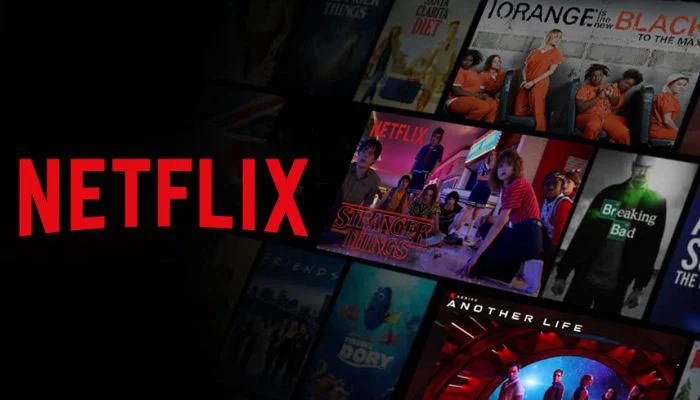Building The Perfect Website: Why Collaboration Between Clients And Web Developers Is Key

Hiring a web development agency is an exciting step for any business looking to establish or upgrade its online presence. But here’s a common misconception: the client can hand over the project just because an agency has been hired and wait for the magic to happen. Spoiler alert—it doesn’t work that way.
Building a website isn’t a one-sided effort. Sure, the agency needs technical chops and creative flair, but clients also play a massive role in making the project successful. A solid working relationship between the client and the developer is where the magic really happens. Here’s how both sides can nail it.
What a Web Development Agency Brings to the Table
Web developers aren’t just tech wizards—they’re problem solvers who translate ideas into functional, beautiful websites. But this magic is grounded in some critical skills and processes:
- Technical Expertise
Developers need to know their way around programming languages like HTML, CSS, and JavaScript, along with tools like Git for version control. A strong grasp of responsive design ensures the website looks great on any device. Add an understanding of SEO, and the site is ready to be found by search engines. - User Experience (UX) Design
Developers create websites that are intuitive and easy to navigate. By studying user behaviors and testing functionality, they ensure visitors enjoy a smooth experience. - Project Management
A good web development agency uses tools like Trello or Asana to stay on track, adhere to deadlines, and clearly communicate progress. - Post-Launch Support
A developer’s job doesn’t end when the website goes live. Ongoing support for maintenance, updates, and troubleshooting is a must.
What Clients Need to Do
Even the best developers can’t read minds. Clients play a critical role in shaping the direction and success of the project. Here’s what a client needs to bring to the table:
- Clear Goals and Expectations
Think about what the website needs to achieve. Is it about increasing sales? Building brand awareness? Providing information? Clarity here saves time and frustration. For example, sharing insights into the target audience—age, interests, habits—helps developers create a site that speaks directly to those users. - Aesthetic Preferences
Developers aren’t psychic. Providing branding guidelines, favorite color schemes, or examples of websites that resonate with your vision will help guide the design process. - Content
This is a big one. High-quality text, images, and videos don’t appear out of thin air. Developers need this content to populate the website. Whether it’s professional photography or detailed descriptions of products and services, providing content early keeps the project on schedule. - Budget and Timeline
Be upfront about the budget and when the site is needed. This helps the developer propose realistic solutions. If the budget is tight, they can suggest cost-effective alternatives.
Why Communication is Everything
Creating a website is like building a house—it needs strong communication between the architect (the developer) and the homeowner (the client). Here’s how to keep things running smoothly:
- Be Available
Developers will have questions, need approvals, and request feedback during the process. Regular check-ins ensure everything stays on track. Radio silence from the client slows progress and can lead to misunderstandings. - Provide Detailed Feedback
Vague comments like “I don’t like it” or “Can it pop more?” don’t help anyone. Be specific: “The color scheme doesn’t align with our branding” or “Can we make the navigation simpler?” Clear feedback ensures changes are aligned with the vision. - Stay Open to Suggestions
Developers are the experts, so when they make a recommendation—like optimizing page layouts for faster load times or including a blog for SEO—it’s worth considering. Collaboration works both ways.
The Recipe for Success
The results are extraordinary when the right website development services Chicago meets a proactive client. Here’s what a productive collaboration looks like:
- Preparation: The client has a clear vision, provides content early, and outlines expectations.
- Regular Updates: Both parties communicate frequently to ensure the project is on track.
- Flexibility: The developer adjusts based on client feedback, and the client stays open to expert advice.
For example, imagine a Chicago business hiring a web development agency Chicago to build its site. The client shares insights about the local market, target audience, and competitors while the developer integrates these into the design. The result? A website that’s visually appealing and tailored to attract and engage the right audience.
A Word About Deadlines
Websites take time, and rushing the process often leads to subpar results. Unrealistic timelines or last-minute changes can disrupt the project and cause delays. Both sides benefit when the timeline is reasonable and communication remains consistent.
The Bottom Line
Building a successful website isn’t just about hiring a talented developer or agency—it’s about working together. Agencies bring technical skills, project management, and creative expertise, but clients provide the vision, direction, and content.
Collaboration is key. When both parties communicate clearly, share ideas, and stay flexible, the result is a website that looks fantastic and delivers results. So, whether it’s working with a local web development agency in Chicago or an agency elsewhere, the process works best when everyone’s on the same page.
Creating a website is a team effort. When both client and developer bring their A-game, it’s not just a job well done—it’s a partnership worth celebrating.
What's Your Reaction?

















